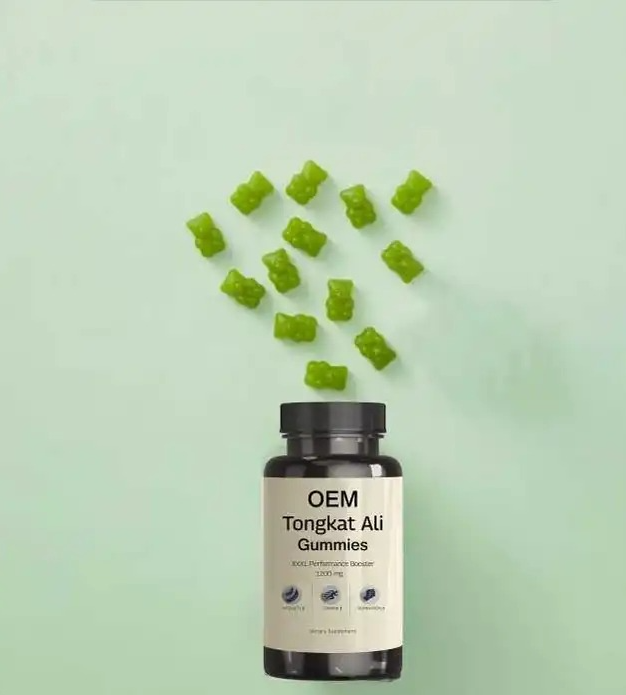
लिनुओ फार्मास्युटिकलको टोंगकट अली क्याप्सुलसँग सुधारिएको प्रदर्शनको शक्ति उजागर गर्नुहोस्। टोंगकट अली, जसलाई मलेशियाली जिन्सेंग पनि भनिन्छ, शारीरिक र मानसिक प्रदर्शनलाई समर्थन गर्ने क्षमताका लागि प्रसिद्ध छ। हाम्रा क्याप्सुलहरू यस शक्तिशाली जडीबुटीको प्रभावकारी मात्रा प्रदान गर्नको लागि तयार गरिएका छन्, जसले तपाईंलाई जीवनका सबै पक्षमा उच्चतम प्रदर्शन हासिल गर्न मद्दत गर्दछ।
हाम्रा टोंगकट अली क्याप्सुलहरू प्राकृतिक रूपमा टेस्टोस्टेरोन स्तरलाई बढाउनको लागि डिजाइन गरिएका छन्, जसले शक्ति वृद्धि, मांसपेशी द्रव्यमान सुधार, र एथलेटिक प्रदर्शनमा वृद्धि गर्दछ। शारीरिक फाइदाहरूको अतिरिक्त, टोंगकट अलीले तनाव घटाउन र मूड सुधार्नको लागि पनि परिचित छ, जसले समग्र स्वास्थ्यको लागि एक समग्र पूरक बनाउँछ।
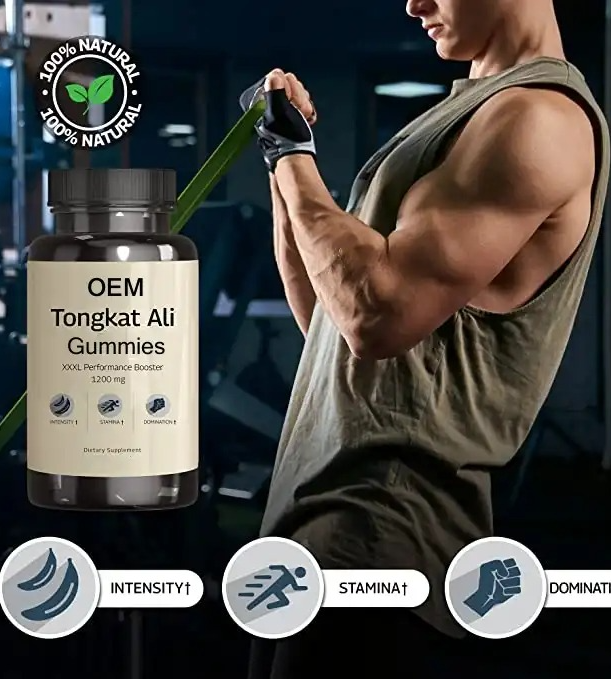
जति हामी उमेरमा पुग्छौं, सेलुलर स्वास्थ्यलाई कायम राख्नु increasingly महत्त्वपूर्ण हुन्छ। लिन्नुओ फार्मास्युटिकलको टोंगकट अली क्याप्सुलमा एंटी-एजिंग गुणहरू छन् जसले युवा जीवन्तता प्रवर्द्धन गर्छ। टोंगकट अलीका यौगिकहरूले सेलुलर पुनर्जननलाई सुधार गरेर र उमेरको दृश्य संकेतहरूलाई घटाएर स्वस्थ उमेरको समर्थन गर्न देखाइएको छ। हाम्रो टोंगकट अली क्याप्सुलको पुनरुत्थानकारी प्रभावलाई अँगाल्नुहोस् र आफ्नो युवा ऊर्जा र रूपलाई जोगाउनुहोस्।
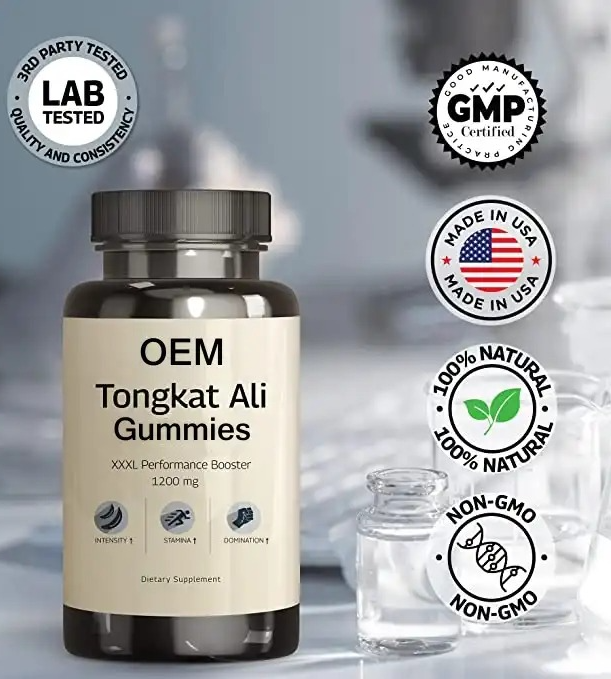
ध्यान, सम्झना, र मानसिक स्पष्टता जस्ता संज्ञानात्मक कार्यहरू दैनिक जीवनका लागि आवश्यक छन्, र लिन्नुओ फार्मास्युटिकलको टोंगकट अली क्याप्सुलले यी क्षेत्रहरूलाई समर्थन गर्न मद्दत गर्न सक्छ। टोंगकट अलीका सक्रिय सामग्रीहरूले तनावलाई घटाएर र शान्तिको अनुभवलाई प्रवर्द्धन गरेर संज्ञानात्मक प्रदर्शनलाई सुधार गर्न देखाइएको छ। हाम्रो टोंगकट अली क्याप्सुललाई आफ्नो दैनिक दिनचर्यामा समावेश गर्नुहोस् र सुधारिएको ध्यान र मानसिक तीक्ष्णताको फाइदाहरू अनुभव गर्नुहोस्।
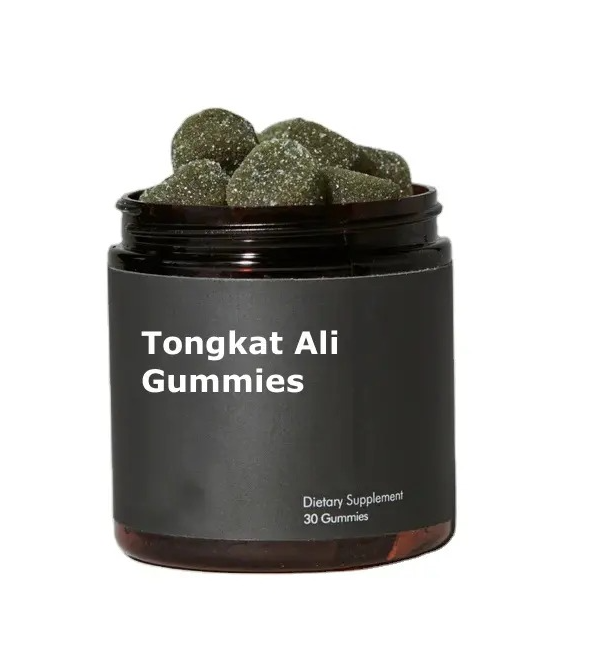
मेटाबोलिज्म तौल व्यवस्थापन र समग्र स्वास्थ्यमा प्रमुख भूमिका खेल्दछ। लिनुओ फार्मास्युटिकलको टोंगकट अली क्याप्सुलहरू स्वस्थ मेटाबोलिज्मलाई समर्थन गर्नको लागि तयार गरिएको छ। टोंगकट अलीको थर्मोजेनिक प्रभावले शरीरको मेटाबोलिक दरलाई बढाउन मद्दत गर्न सक्छ, क्यालोरी जलाउने र तौल नियन्त्रणमा सहयोग पुर्याउँछ। स्वस्थ तौल कायम राख्न चाहनेहरू वा आफ्नो मेटाबोलिक स्वास्थ्य सुधार गर्न चाहनेहरूका लागि, हाम्रा टोंगकट अली क्याप्सुलहरूले प्राकृतिक समाधान प्रदान गर्दछ।
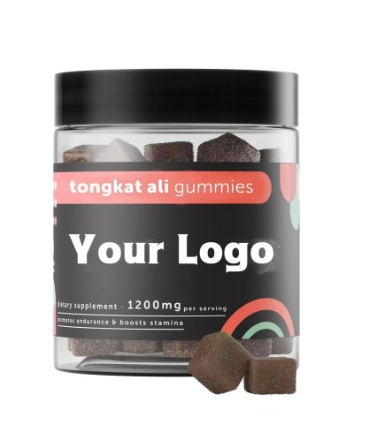
एक मजबूत इम्यून प्रणाली रोगसँग लड्न र राम्रो स्वास्थ्य कायम राख्नका लागि महत्त्वपूर्ण छ। लिनुओ फार्मास्युटिकलको टोंगकट अली क्याप्सुलहरूले तपाईंको इम्यून प्रणालीलाई बलियो बनाउनमा योगदान गर्न सक्छ। जडिबुटीको अर्कामा यस्ता यौगिकहरू समावेश छन् जुन परम्परागत रूपमा इम्यूनिटीलाई बढाउन र शरीरको संक्रमणको प्रतिरोध सुधार गर्नका लागि प्रयोग गरिन्छ। हाम्रा टोंगकट अली क्याप्सुलहरूको प्राकृतिक समर्थनसँग आफ्नो इम्यून प्रणालीलाई बलियो राख्नुहोस्।

2009 मा Zhongying Group को सहायक कम्पनीको रूपमा स्थापना गरिएको, Zhengzhou Linnuo Pharmaceutical Co., Ltd. वैज्ञानिक अनुसन्धान, निर्माण, मार्केटिङ, र उत्पादनमा विशेषज्ञता राख्ने एक समग्र उद्योग श्रृंखला कम्पनीमा विकसित भएको छ। B-सम्पर्क ग्राहकहरूको लागि OEM/ODM सेवाहरू प्रदान गर्नमा केन्द्रित, यसले तौल व्यवस्थापन, खेल पोषण, र पौष्टिक भोजनका लागि अनुकूलित विभिन्न उत्पादनहरूको लागि व्यावसायिक उत्पादन लाइनहरूमा गर्व गर्दछ। मानव स्वास्थ्यको सेवा गर्ने मिशन र विश्वास र जिम्मेवारीमा प्रतिबद्धता सहित, कम्पनीले गुणस्तरीय उत्पादनहरू मार्फत लाखौंलाई स्वास्थ्यसँग जडान गर्न लक्ष्य राख्दछ। ईमानदार विश्वास, कडा दृष्टिकोण, र नवप्रवर्तनात्मक आत्मा कायम राख्दै, यसले भिन्न, प्रतिस्पर्धात्मक उत्पादनहरू प्रदान गर्न प्रयास गर्दछ र उत्कृष्टता हासिल गर्न सहकारी साझेदारीको अपेक्षा गर्दछ।
लिनुओ फार्मास्युटिकल उद्योगमा यसको व्यापक अनुसन्धान र विकास विशेषज्ञताको कारणले विशेष छ। हाम्रो समर्पित R&D टोली नवप्रवर्तनात्मक र प्रभावकारी स्वास्थ्य पूरकहरू सिर्जना गर्न प्रतिबद्ध छ। यस अत्याधुनिक अनुसन्धानमा ध्यान केन्द्रित गर्दा, हाम्रो उत्पादनहरू केवल सुरक्षित मात्र होइन, अधिकतम प्रभावकारिताका लागि अनुकूलित पनि छन्। निरन्तर R&D मा लगानी गरेर, हामी बजारका प्रवृत्तिहरूको अगाडि रहन सक्षम छौं र हाम्रा ग्राहकहरूको विकासशील आवश्यकताहरू पूरा गर्ने उत्कृष्ट उत्पादनहरू प्रदान गर्न सक्छौं।
गुणस्तर र सुरक्षा हाम्रो सबै कामको केन्द्रमा छन् जुन हामी लिनुओ फार्मास्युटिकलमा गर्छौं। हाम्रो उत्पादन प्रक्रियाहरू कडा गुणस्तर नियन्त्रण मानकहरूमा पालना गर्छन्, जसले सुनिश्चित गर्दछ कि हरेक ब्याचको गमी र क्याप्सुलले उच्चतम उद्योग मानकहरू पूरा गर्छ। हामी केवल प्रिमियम, गैर-जीएमओ सामग्रीहरू प्रयोग गर्छौं जुन विश्वसनीय आपूर्तिकर्ताहरूबाट प्राप्त गरिन्छ, र हाम्रा उत्पादनहरू शुद्धता र प्रभावकारिता सुनिश्चित गर्न कडा परीक्षणमा जान्छन्। गुणस्तरप्रति यो अडिग प्रतिबद्धता सुनिश्चित गर्दछ कि हाम्रा ग्राहकहरूले सुरक्षित, विश्वसनीय, र प्रभावकारी स्वास्थ्य पूरकहरू प्राप्त गर्छन्।
लिनुओ फार्मास्युटिकलले हाम्रा ग्राहकहरूको अनूठा आवश्यकताहरू पूरा गर्न अत्यधिक अनुकूलनयोग्य समाधानहरू प्रदान गर्दछ। यदि तपाईं विशेष फर्मुलेशन, अनुकूलित स्वाद, वा अनुकूलित प्याकेजिङ विकल्पहरूको खोजीमा हुनुहुन्छ भने, हामी तपाईंको ब्रान्ड र बजार आवश्यकतासँग मेल खाने समाधानहरू प्रदान गर्न सक्छौं। हाम्रो लचिलोपन र ग्राहक सन्तोषप्रति समर्पणले हामीलाई उच्च गुणस्तरका, भिन्न स्वास्थ्य पूरकहरू प्रदान गर्न खोज्ने व्यवसायहरूको लागि प्राथमिक साझेदार बनाउँछ।
हामी लिनुयो फार्मास्युटिकलमा सततता र नैतिक व्यापार अभ्यासहरूमा समर्पित छौं। हाम्रो उत्पादन प्रक्रियाहरूले वातावरणीय प्रभावलाई न्यूनतम बनाउनको लागि डिजाइन गरिएको छ, र हामी सतत र नैतिक आपूर्तिकर्ताहरूबाट सामग्रीहरू स्रोत गर्न प्राथमिकता दिन्छौं। हाम्रा उत्पादनहरू चयन गरेर, तपाईं एक कम्पनीलाई समर्थन गर्दै हुनुहुन्छ जसले वातावरणीय संरक्षण र सामाजिक जिम्मेवारीलाई महत्त्व दिन्छ। सततताप्रति यो प्रतिबद्धता केवल ग्रहको लागि फाइदा पुर्याउँदैन, तर यो उपभोक्ताहरूलाई पनि गूंजित गर्दछ जसले बढ्दो रूपमा पारिस्थितिकीय सचेत किनमेल निर्णयहरू गर्दैछन्।
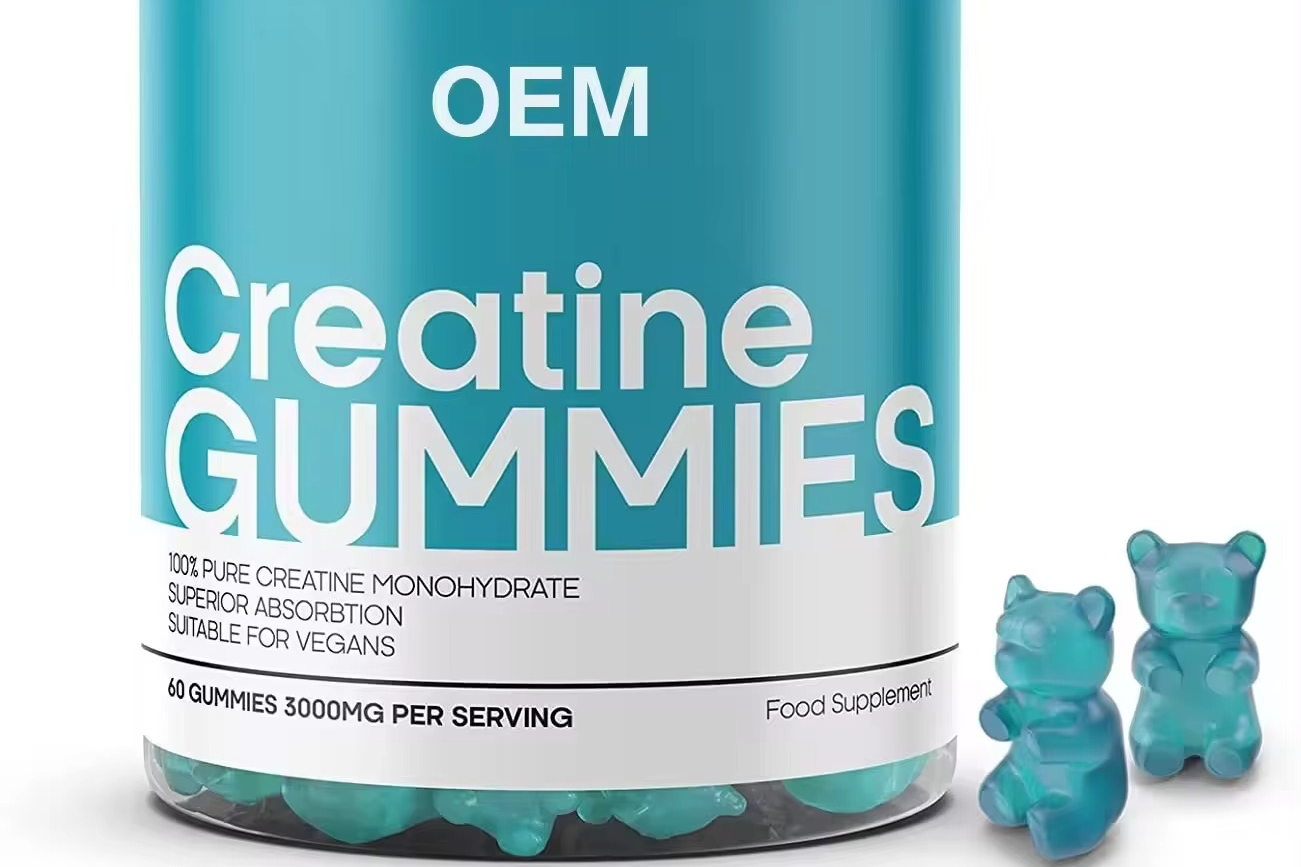
23
May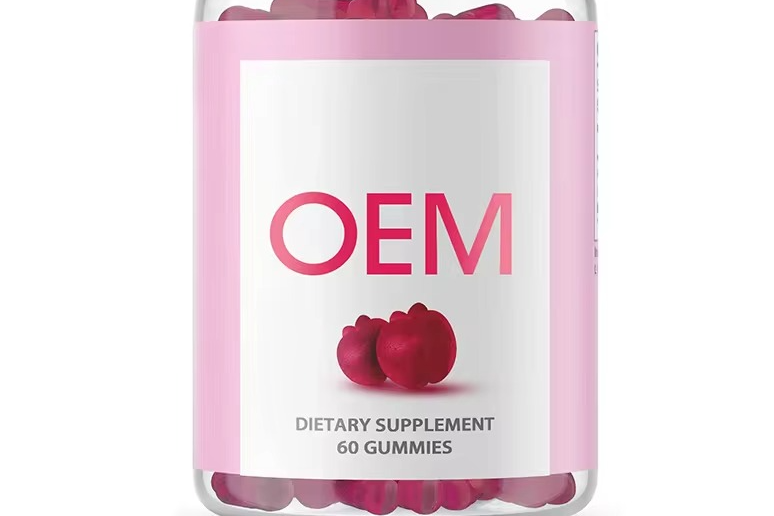
23
May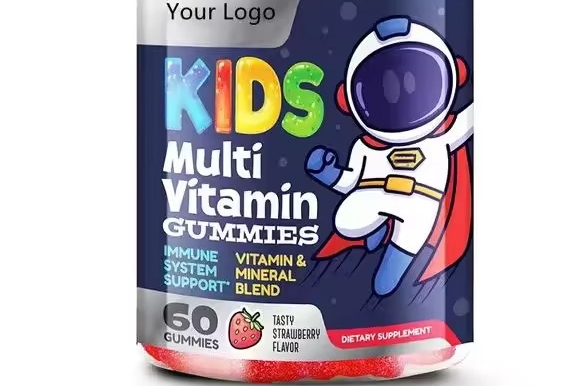
23
Mayटोंगकट अली क्याप्सुलहरू युरिकामा लङ्गिफोलिया बिरुवाको जरा बाट बनेको एक आहार पूरक हो, जुन सम्भावित स्वास्थ्य लाभहरूको लागि सामान्यतया प्रयोग गरिन्छ।
टोंगकट अली क्याप्सुलहरूले समग्र कल्याणलाई समर्थन गर्न सक्छ, जसमा सम्भवतः ऊर्जा स्तरलाई बढाउने र हार्मोनल सन्तुलनलाई प्रवर्द्धन गर्ने समावेश छ।
हो, टोंगकट अली प्रायः पुरुषको जीवनशक्तिका लागि सम्भावित लाभहरूसँग सम्बन्धित छ, जसमा लिबिडो र यौन स्वास्थ्यलाई समर्थन गर्ने समावेश छ।
टोंगकट अली परम्परागत रूपमा पुरुषहरूको लागि यसको फाइदाहरूको लागि चिनिन्छ, केही महिलाहरूले पनि यसलाई सम्भावित हार्मोनल समर्थन र ऊर्जा वृद्धि को लागि प्रयोग गर्छन्।
केही व्यक्तिहरूले विश्वास गर्छन् कि टोंगकट अली क्याप्सुलहरूले एथलेटिक प्रदर्शन र मांसपेशीको शक्ति समर्थन गर्न सक्छ, यद्यपि व्यक्तिगत परिणामहरू भिन्न हुन सक्छ।
